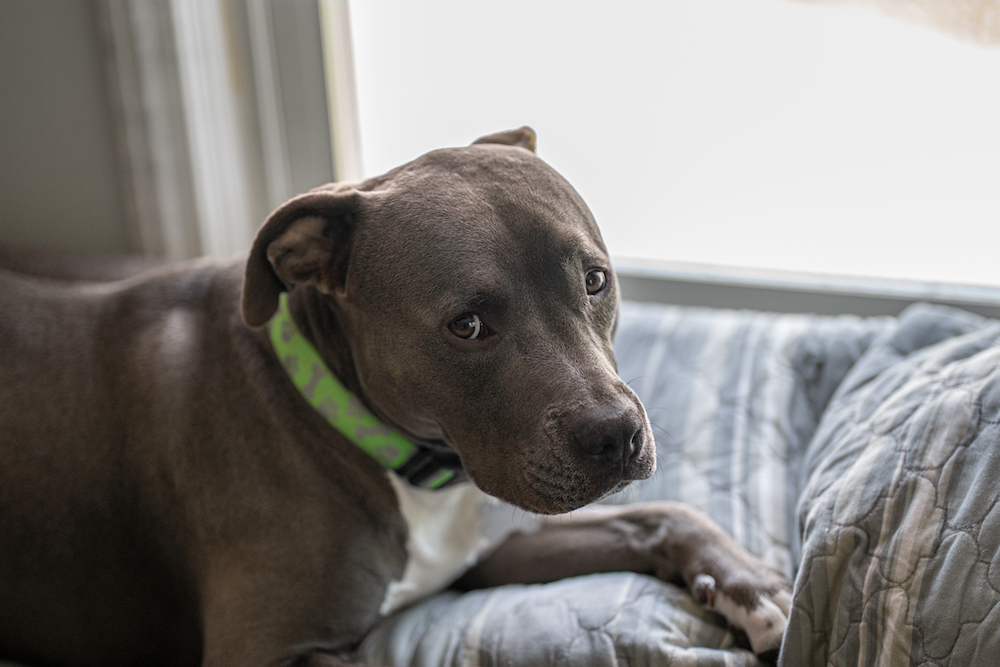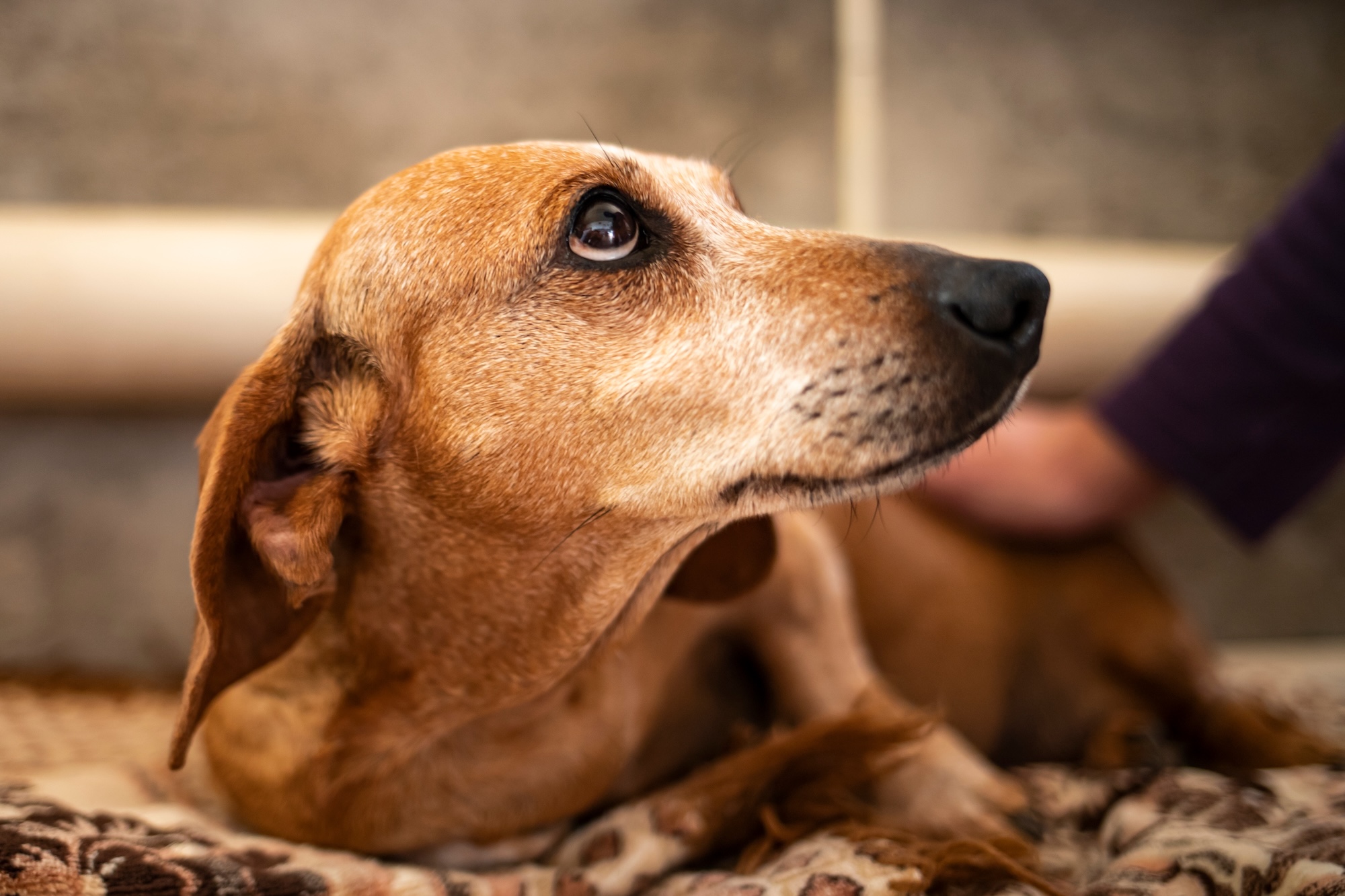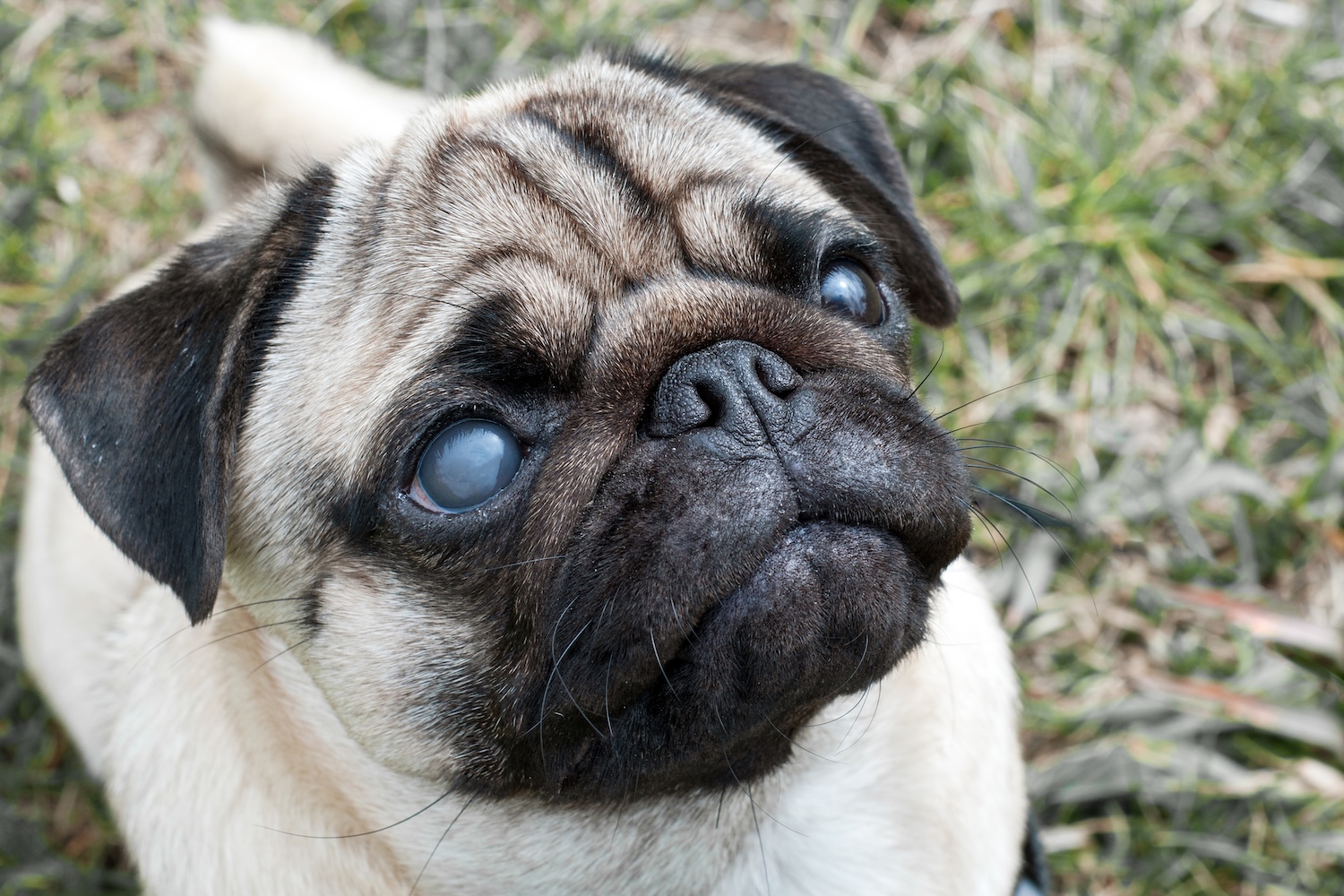First, make sure your dog really is underweight—some dogs who look slim are perfectly healthy
Dogs need precise portions of complete and balanced food to maintain a healthy weight
Illness and stress can be reasons that a dog stops eating or loses weight
Sometimes dogs refuse food because it’s gone bad or something else is wrong with it; other times, they may not be hungry or not find it appetizing
If you’re not sure why your dog is underweight or not eating, the safest course of action is to visit a veterinarian
We all want to keep our dogs healthy and well-nourished, so it’s upsetting to think that they might be underweight. Here’s how to tell if a dog is too thin, why that can happen, and what you should do if you think your pup needs to put on more pounds.
Your dog may not be underweight
Your dog may look thinner than you think they should, but that doesn’t necessarily mean they need to add weight.
People make different assumptions about how dogs should look, and some of those may not have to do with what’s healthy. If you’re not sure, the safest thing to do is talk to a veterinarian about your dog and let them determine whether they’re in good body condition via physical examination.
You can also get an idea of your dog’s body condition at home. Most of the time, if you really have an underweight dog, you’ll be able to clearly see—not just feel—all of their ribs. Find full instructions, plus details about the body-condition scale, here.
In addition to your dog’s body condition, their behavior will offer clues about whether they’re underweight. If your dog seems happy and is energetic enough to play and take long walks without complaint, chances are they’re getting enough nourishment. But it’s a good idea to consult with a vet for confirmation.
You may not be feeding your dog enough
With over half of the dogs in the U.S. overweight or obese, too much food tends to be the more common problem for homed canines. But it’s important that your dog is getting enough food too, and it’s certainly possible for a human to underfeed their pup. Traditional dry pet food is typically portioned according to broad weight ranges that correspond to scoops or cups, so it can be easy to miss the mark on determining the right number of daily calories.
Whether your dog needs to lose or gain weight—or maintain their current ideal body shape—a pre-portioned fresh meal plan can help you make it happen. Plans are tailored to your dog’s need based on their weight, age, body condition, activity level, and other factors, and it’s easy to update their portions as their needs change.
Your dog’s food may not have the right balance of nutrients
The vast majority of dogs’ calories should come from complete and balanced food designed for their needs. Treats should make up no more than 10% of a dog’s calories. And while home cooking can be a great alternative to feeding highly processed food, be sure that your home-made food is providing all the required nutrients in the right amounts. Research has shown that the vast majority of dog food recipes available online or in books are not nutritionally complete and balanced. If you’re concerned that your dog’s food may be nutritionally inadequate, talk to a vet. Our fresh recipes are formulated by board-certified veterinary nutritionists to properly nourish dogs at all life stages.
Your dog may not be eating all of the food you give them
A dog may lose interest in food because they’re bored or don’t like the taste, or something could be wrong with what’s in their bowl—perhaps it spoiled. But if your dog used to love what they were eating and suddenly seems to change their mind, it may be worth bringing them to a veterinarian to make sure they aren’t sick.
It’s especially urgent to bring your dog to the vet if they’re experiencing vomiting or diarrhea in addition to not eating. In that case, you may be dealing with an emergency, and should get to a medical professional as soon as possible.
Also keep in mind that dogs have a very strong sense of smell. It’s possible that if your dog is avoiding a certain food they have a good reason to do so. Give the food a sniff yourself and see if you can detect anything wrong, and take a look at the bowl to make sure it’s clean.
Dogs can also eat less than usual if they’re upset. If your dog experienced a traumatizing event or a big change before losing their appetite, there’s a chance it was the cause. This is something else you can discuss with a veterinarian and a trainer as you try to help your pup feel more comfortable and return to their normal routine.
If there is no medical or psychological issue, and the problem is simply that your dog isn’t interested in their current food anymore, you can try changing their diet. Many of our customers report their dogs regain their zest for eating when they switch from highly processed food to a fresh diet.
There are also methods you can use to make the food your dog is eating more enticing to them. In the case of The Farmer’s Dog food, you can try adding a little warm water or (plain, unseasoned) bone broth, or a sprinkle of Parmesan cheese. Other methods that sometimes increase dogs’ willingness to eat include a pre-meal walk, using the food as a reward during training sessions or games, and cutting back on extra treats throughout the day.
Your dog may need medical care
Dogs can lose weight when they’re sick, even if they are eating. Weight loss, especially if you can’t explain it or if it occurs in conjunction with changes to a dog’s behavior, calls for a visit to a veterinarian to rule out medical causes—and, if your dog does have an illness, to start helping them get better.
This article was vetted by a vet.
Reviewed by Alex Schechter, DVM, founding veterinarian at Burrwood Veterinary.





